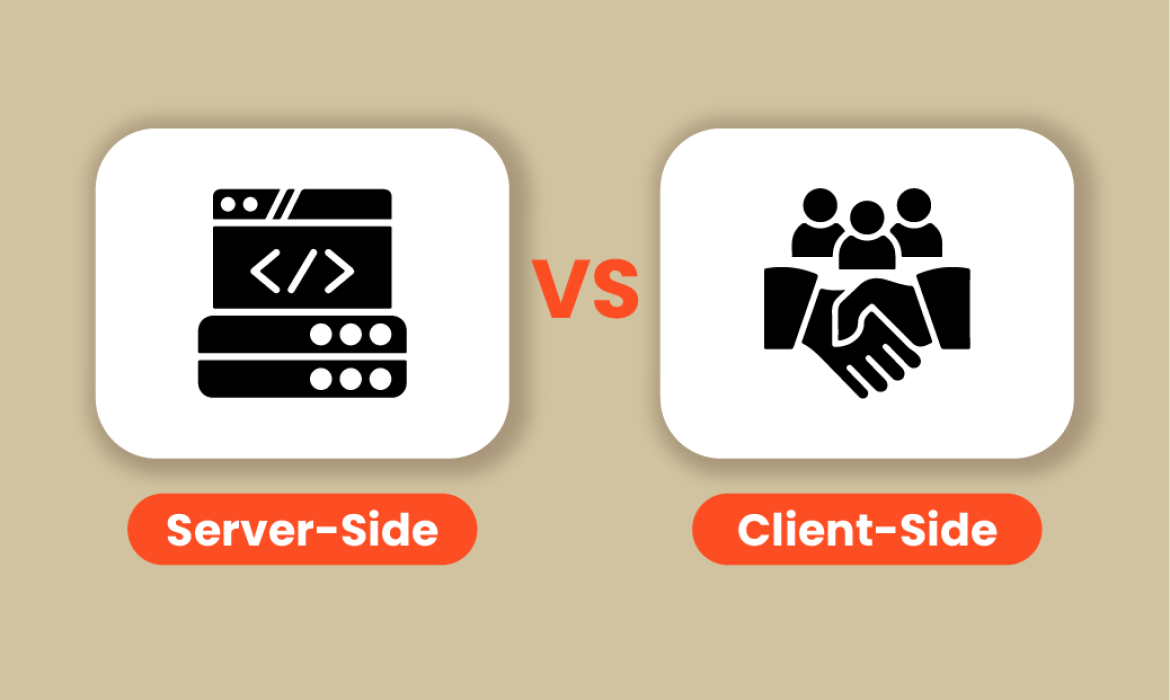Google’s Martin Splitt recently sat down with Kenichi Suzuki of Faber Company Inc. to discuss JavaScript rendering, structured data, and the growing role of AI in search. The conversation provided valuable insights for developers, SEOs, and digital marketers navigating modern rendering techniques.
JavaScript Rendering in Google’s AI Ecosystem
One of the key takeaways from the interview was the clarification around how Google’s AI crawler—used by Gemini—handles JavaScript.
“Gemini uses the same Web Rendering Service (WRS) as Googlebot,” Splitt explained. “Rendering usually happens fast. The 99th percentile completes within minutes.”
This debunks outdated concerns that JavaScript-rendered content might take days or weeks to be indexed. Instead, rendering delays are rare and likely caused by measurement errors.
Google’s rendering capabilities, both for its search crawler and AI systems, are now significantly more efficient than in the past—giving websites with JavaScript-based content a much stronger chance of being indexed correctly.
SSR vs. CSR: Which Should You Use?
Splitt emphasized there’s no universal answer when it comes to Server-Side Rendering (SSR) versus Client-Side Rendering (CSR). Instead, the choice should align with your website’s goals:
| Website Type | Recommended Rendering |
| Content-heavy (e.g., blogs, info pages) | SSR or Pre-rendered HTML |
| Highly interactive (e.g., CAD tools, web apps) | CSR |
“It’s like choosing between a hammer and a screwdriver—it depends on the job,” Splitt said.
If your site primarily delivers static or informational content, SSR or pre-rendering ensures faster load times and better search performance. Conversely, for dynamic applications, CSR offers flexibility and interactivity, though it may require more attention to SEO best practices.
Structured Data: Clarification on its Role
Splitt also discussed structured data and how it contributes to Google’s understanding of content:
“Structured data doesn’t push rankings directly,” he noted, “but it improves our confidence in the information and helps with interpretation.”
This aligns with Google’s long-standing stance: structured data enhances content clarity for crawlers, not its ranking position.
With AI playing a larger role in content processing and search experiences, structured data is increasingly important for semantic accuracy and entity recognition.
Summary: What This Means for SEO
Here are the key takeaways for digital marketers and technical SEOs:
✅ Rendering Efficiency
- Google’s rendering pipeline processes most JavaScript content within minutes.
- The AI crawler used by Gemini matches Googlebot’s capabilities.
✅ SSR vs. CSR Usage
- Use SSR or pre-rendering for traditional content websites.
- Choose CSR for interactive tools and dynamic platforms.
✅ Structured Data
- Helps search engines understand content better.
- Does not directly influence rankings but supports AI-driven indexing.
✅ SEO Best Practice
Focus on user needs first. Splitt closed with a reminder:
“Understand your business goal, prioritize user experience, and create quality content.”
Final Thought:
As AI continues to reshape the search landscape, understanding how your site’s rendering method and structured data influence visibility is critical. Whether you’re optimizing content for Google Search or AI assistants like Gemini, following Google’s guidance on rendering ensures your site stays competitive in both human and machine-driven discovery.



